This project explores how non-spatial data, specifically memories, diaries, and personal narratives, can be transformed into spatial representations. By mapping subjective, text-based experiences, it reveals hidden patterns and emotional geographies within datasets traditionally viewed as purely textual. Using three iconic books, On the Road by Jack Kerouac, Walden by Henry David Thoreau, and Into the Wild by Jon Krakauer, as data, the project treats literature itself as a form of memory.
Reading can go beyond pages.
Using lilterature as date as starting point. Memories, whether drawn from oral histories, journals, or photographs, are inherently personal and often blurry. Yet within their subjectivity lies rich insight into how individuals relate to space—what they notice, how they feel, and how places shape their identities. These narratives do more than point to physical locations. They carry emotional and sensory weight, offering a deeper understanding of lived experience and human perception of place.
Inspired by the surrealist art game Exquisite Corpse, this interactive map functions like a digital coffee table book. Visitors are invited to click through a landscape of stories, discovering fragmented yet vivid memory-texts. Each entry reveals a moment, a mood, or a scene—sometimes contradictory, sometimes unexpected—emphasizing the layered and diverse ways people engage with space.
By treating literature and memory as data, the project opens new modes of reading. It encourages us to read the world not just linearly, but through the deeply personal experiences and interaction that make places meaningful.
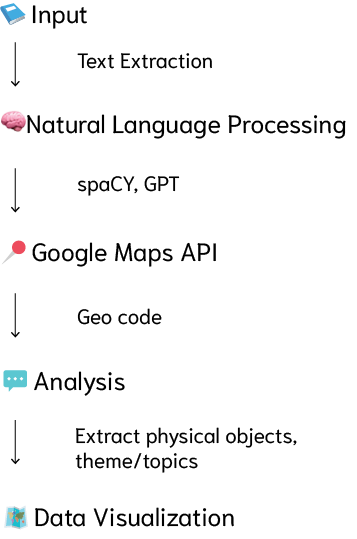
The platform was built through a reproducible pipeline. First, spaCy tokenizer and label text chunks to isolate candidate place names. Next, the Large Language Model refines and disambiguates these references across hundreds of pages. Third, the Google Maps API geocodes each validated name into precise latitude–longitude pairs, while capturing contextual snippets. Finally, Mapbox GL renders the data with dynamic clustering, zoom-based icon scaling, and scrollable pop ups. Custom scripts automate chunking, thematic filtering, and error handling, ensuring consistency across all three works. This process transforms words into structured spatial data, creating an interactive environment for literary exploration.

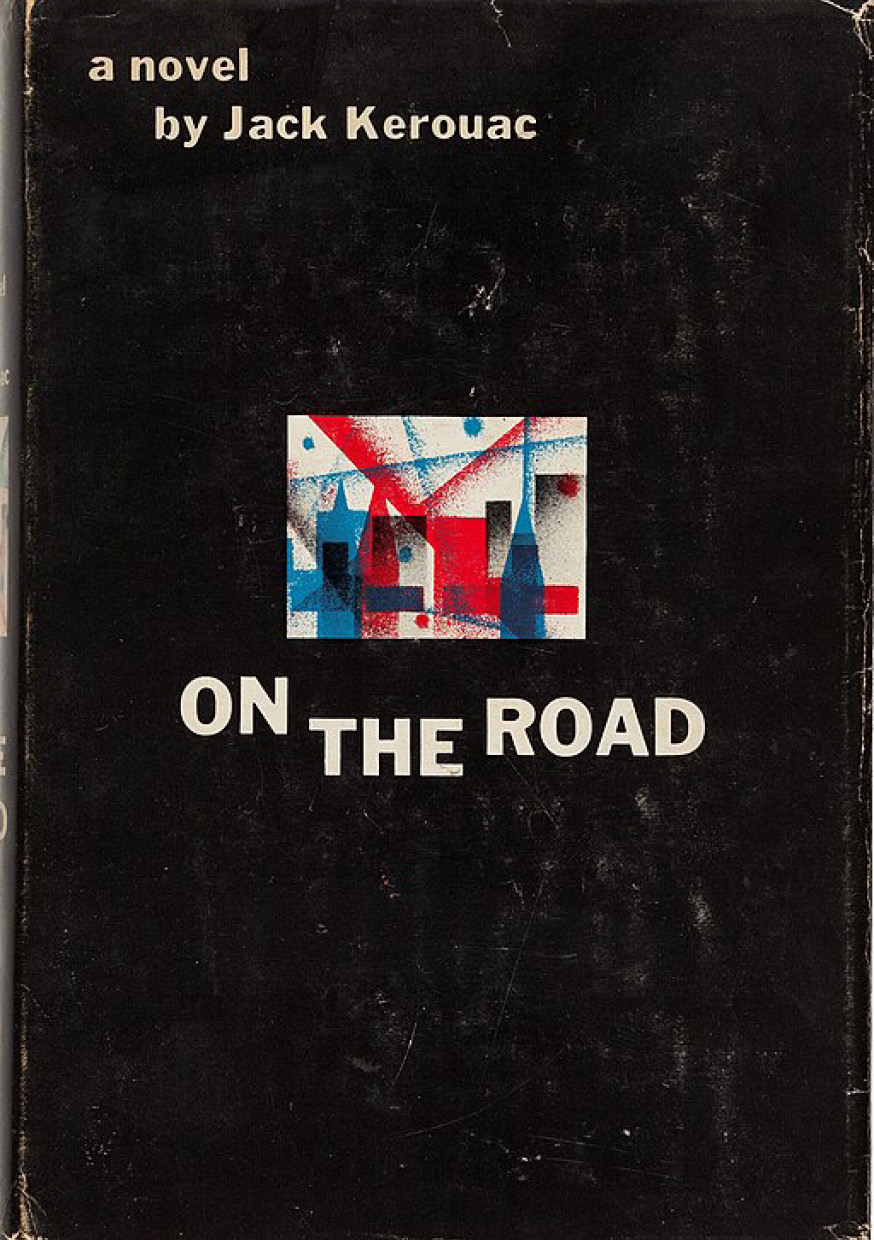
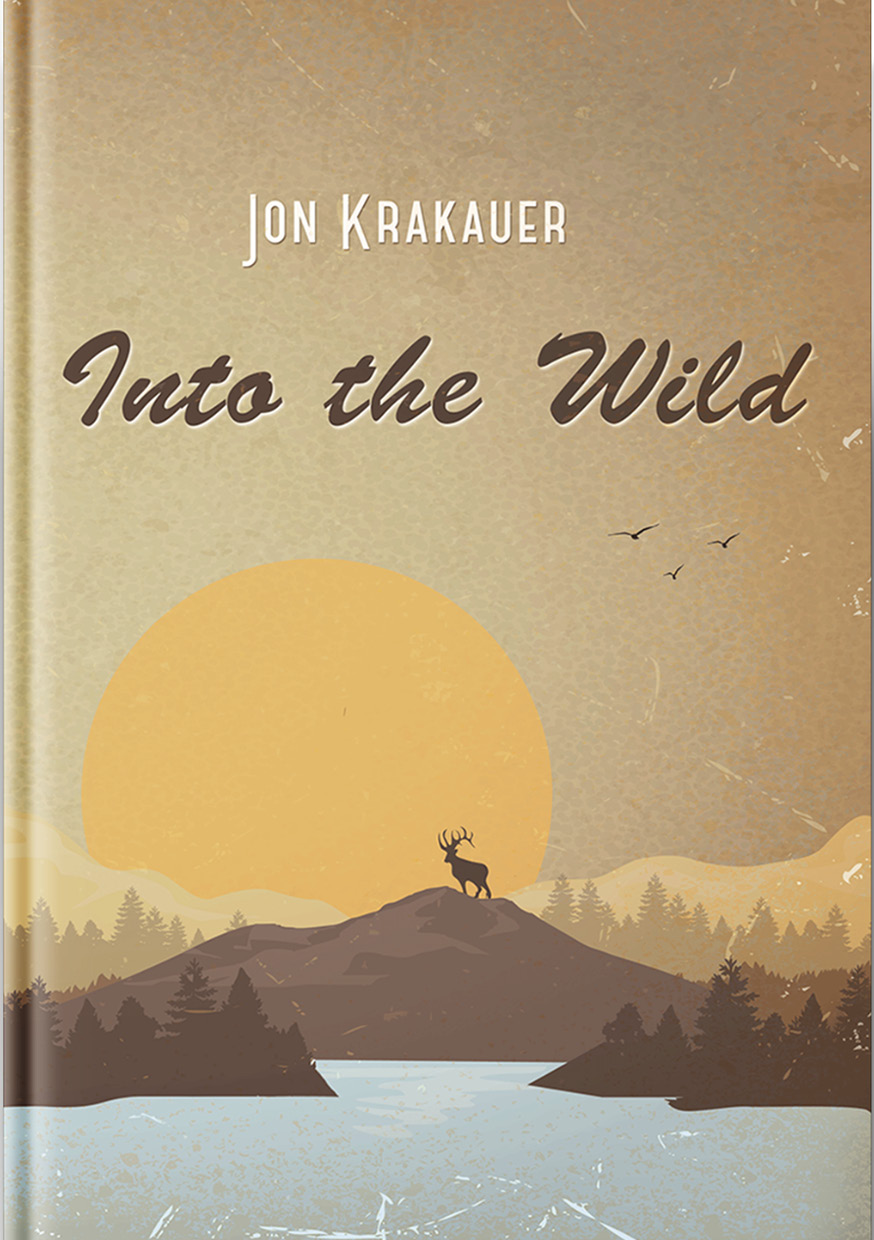
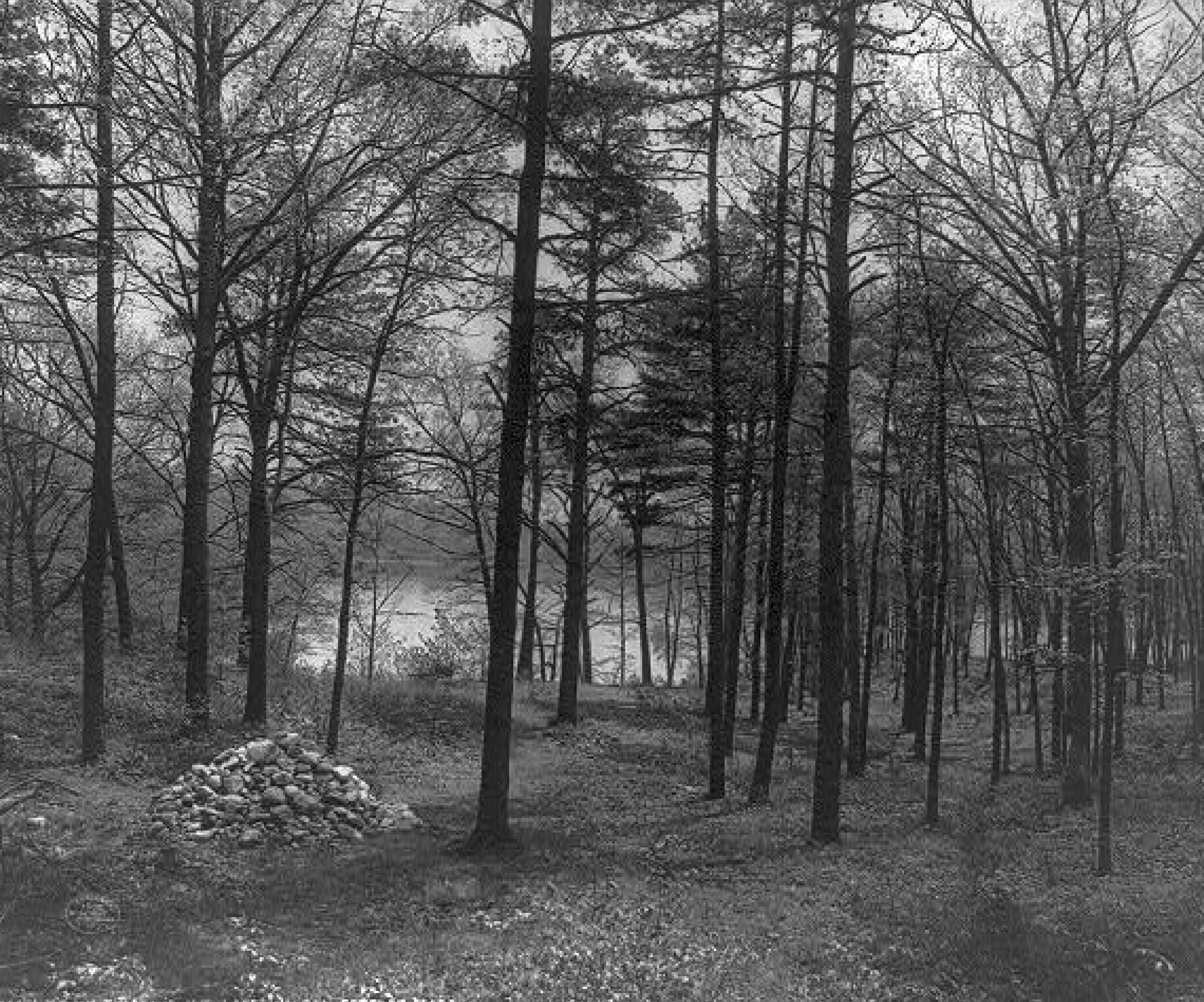
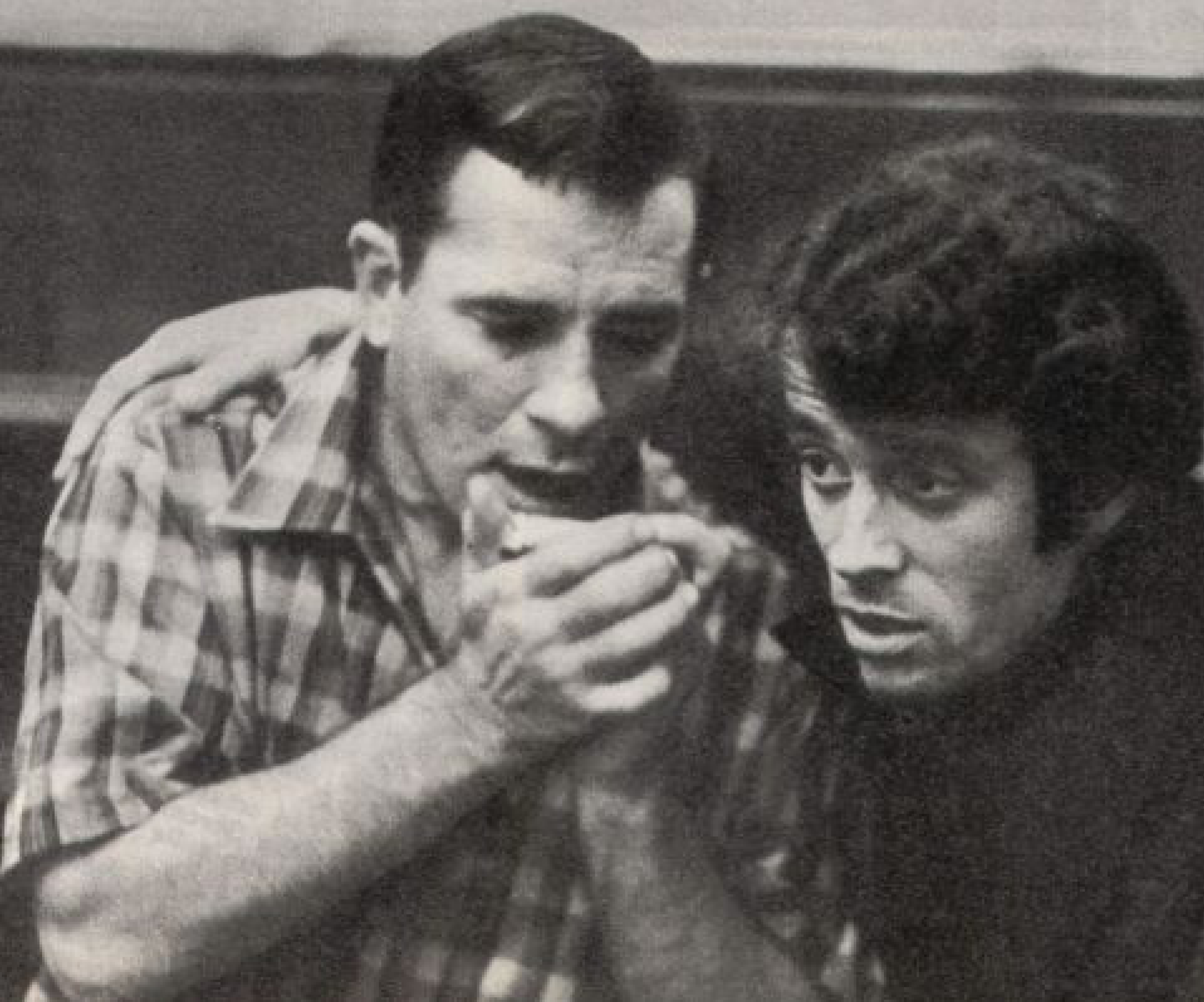
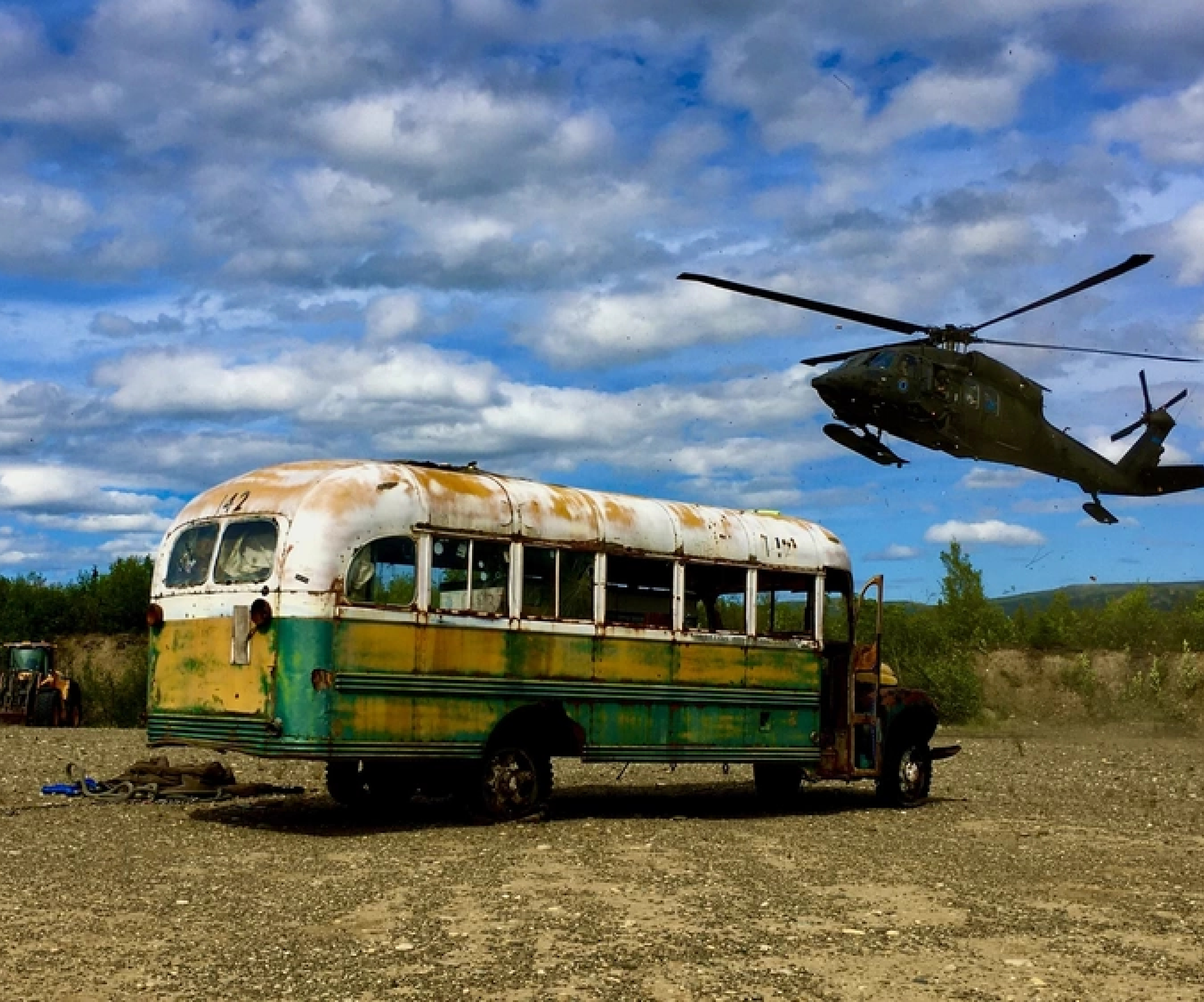
The site of Henry David Thoreau’s cabin at Walden Pond, marked by a cairn, photographed circa 1908. (Public domain image courtesy of the Library of Congress.)
Jack Kerouac and Gian Pieretti, 1966. (Public Domain via Wikimedia Commons.)
Alaska Army National Guard Soldiers airlift “Bus 142,” made famous by Jon Krakauer’s Into the Wild, from its remote site near Healy, Alaska, on June 18, 2020. The bus was relocated for public safety reasons. (Public domain image courtesy of Alaska National Guard / Department of Natural Resources via DVIDS Hub.)